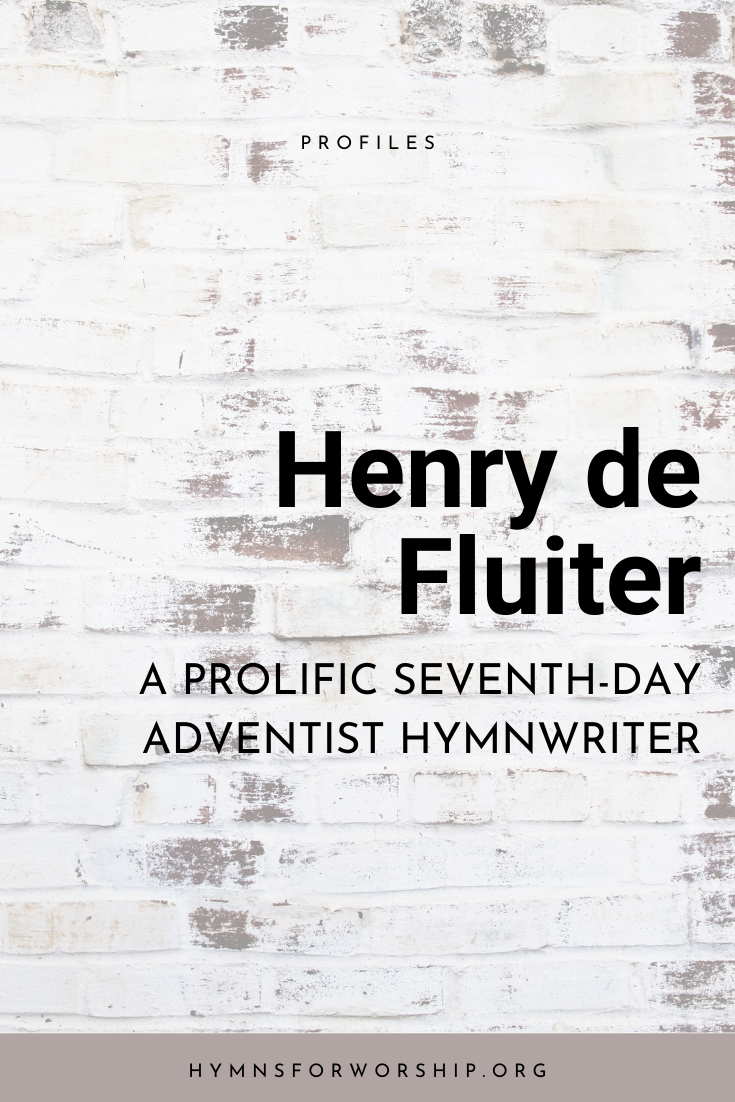The year 1916 was full of tumultuous wars, particularly World War I. A lot of uncertainty and fear was in the air. Yet, it was against this backdrop that Henry de Fluiter’s hymn, “Hail Him the King of Glory” was set.
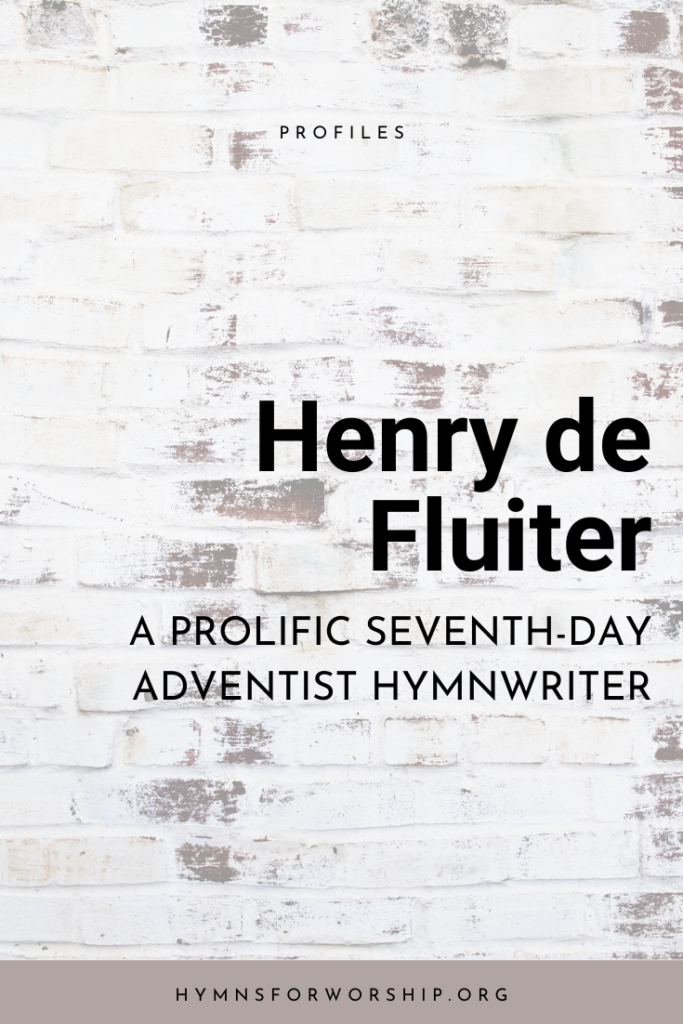
From the title alone, we see that the hymn writer’s main descriptor for God is that He is “King of glory” who will “come to reign”. He also purposefully puts these words in the refrain, allowing the singer to sing it several times in the hymn. It serves as a constant reminder that in a time full of fighting between the world’s biggest governments and nations, God still reigns.
Throughout the hymn, we also see him alluding to the dark days of the war but offsetting it with a message of hope and that it is only but a prelude to God’s glorious return.
Earth’s darkest night will fade with the dawning (Stanza 1)
Nations again in strife and commotion, warnings by the way
Signs in the heavens, unerring omens, herald the glorious day (Stanza 2)
Interestingly, Henry de Fluiter would write many more hymns that emphasized the soon return of Jesus Christ.
Related Post: SDAH 202, Hail Him the King of Glory
A young boy finds his calling
Henry (Hendricus) de Fluiter was born in Hilversum, Holland, on August 29, 1872. His parents, Franz and Johanna Maria Jansen de Fluiter, emigrated to the U.S. when he was nine and settled in Cleveland, Ohio.
In Cleveland, de Fluiter was exposed to the great revivals led by the Moody-Sankey team. Dorothy Minchin-Comm vividly pictured it this way:
On a Sunday afternoon in 1882, Dwight L. Moody and Ira D. Sankey walked out onto the stage of Doan’s Tabernacle and Music Hall in Cleveland, Ohio. As Mr. Sankey sat down at the great theater organ, he unknowingly initiated a process which would change the life of one round-faced, ten-year-old boy in the audience.
Great swells of music rolled up into the first balcony and then the second. Then Sankey asked the people to join him in singing the old favorite, Bringing in the Sheaves. The verses, in unison and then harmony, leaped from one balcony to another and crested in a grand chorus that “consumed” the whole auditorium and every person in it.
Eyes round with wonder, Henry de Fluiter stood tall beside his father, his boyish soprano blending into the throng of voices around and above him. “And that is when I decided,” he was to say in later life. “I decided that I wanted to make people sing beautiful gospel music, just like Mr. Sankey did that day.”
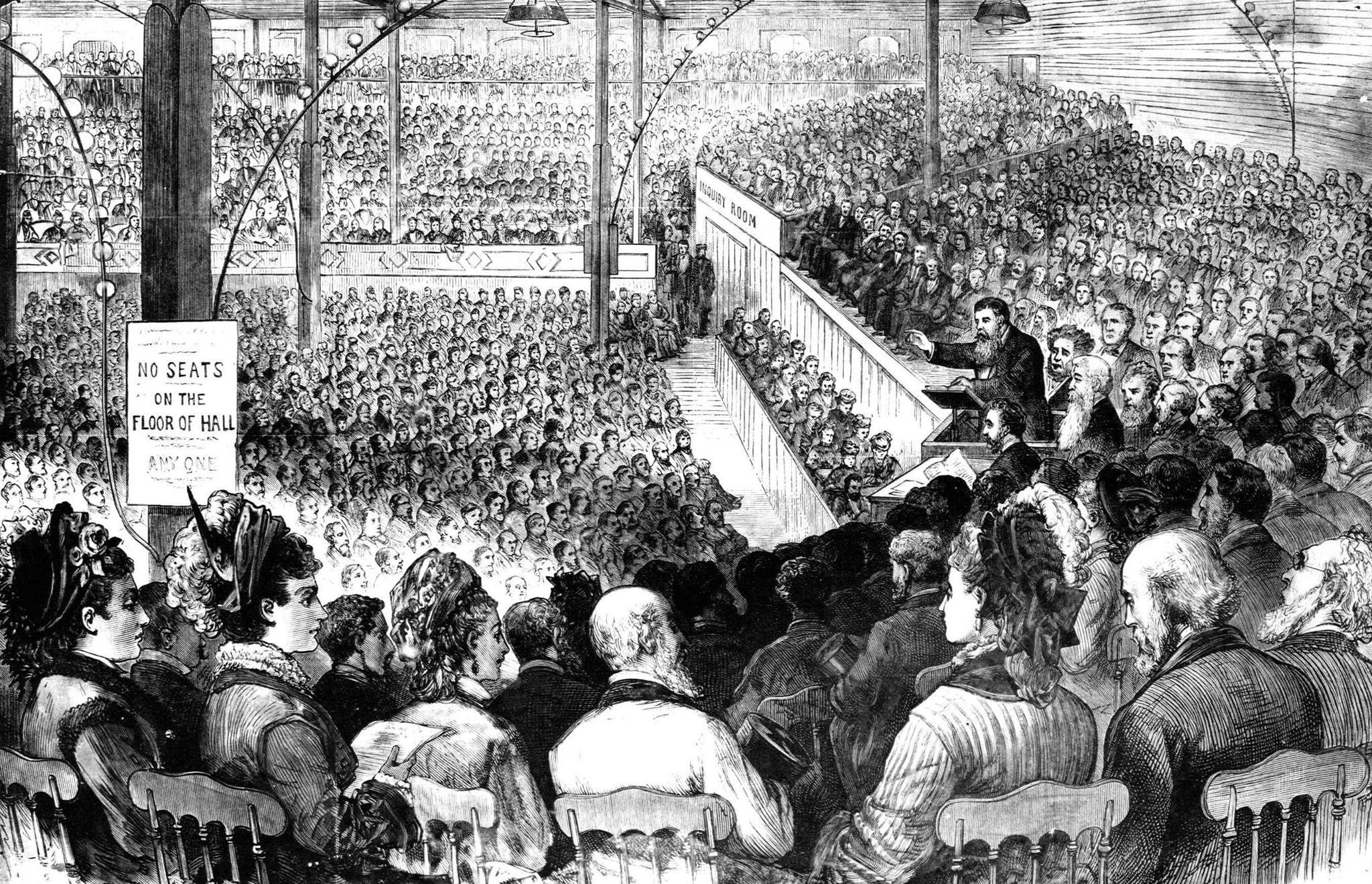
Singing evangelism — it was a dream de Fluiter aspired to become, yet a secret he decided to keep for several weeks until he couldn’t contain it anymore. He finally confided to his father.
“When I grow up, I want to be a singing evangelist, just like Mr. Sankey.”
“You – a singer? No, you’ll never be a singer, Henry. But your brother John – now he will sing.”
Not discouraged, he firmly promised himself that he would indeed lead people to God through gospel music.
Recommended reading:
List of Henry de Fluiter’s works
Sing Along With Uncle Henry: The Story of Henry de Fluiter
A Song in His Heart
Conversion to Adventism
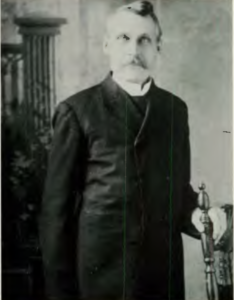
In time, De Fluiter’s parents were offered a better job that necessitated them to move to another town. The young Henry opted tostay in Cleveland where he had already made connections as a sign painter. He rented a room from the Martins, his Methodist neighbors, who encouraged him in his sign painting and musical pursuits.
One evening, the local Seventh-day Adventist pastor visited the Martin home. He launched several Bible studies with them. De Fluiter had come from a line of religious and devout members of the Dutch Reformed Church. He was used to having Bible studies in their home. While the Martins cannot reconcile themselves with the Sabbath doctrine, de Fluiter eagerly accepted all the new teachings.
Excited, he rode his bicycle and traveled for 25 miles to tell his parents what he had learned. To his surprise, he was welcomed by his parents who had also made the same decision. They had been visited by a Seventh-day Adventist colporteur and accepted the truth.
At 27 years old, de Fluiter committed his life to Christ and got baptized in Lake Erie.
Eyes fixed on music ministry
De Fluiter never had a formal education in music. Moreover, he had a severe laceration on one of his thumbs and was never able to play the piano. In spite of that, he was resolute on being a “singing evangelist.” So he applied at the Moody Bible Institute in Chicago and took the Music-Bible course for song leaders. He was only able to stay for one term.
Upon his return to Cleveland, his first opportunity as a church musician came in the form of an invitation. A Methodist pastor employed him to be his song leader for a series of summer meetings he planned in a nearby town. He received $5.00 a week from song leading and then did sign painting as a major means of income.
One of the first songs de Fluiter wrote was inspired by Elder Lindsey’s sermon on the prophecies of Matthew 24. Unable to harmonize for himself, he sought the help of a pianist. The song was warmly received by the congregation and even went on to become an evangelistic meeting staple.
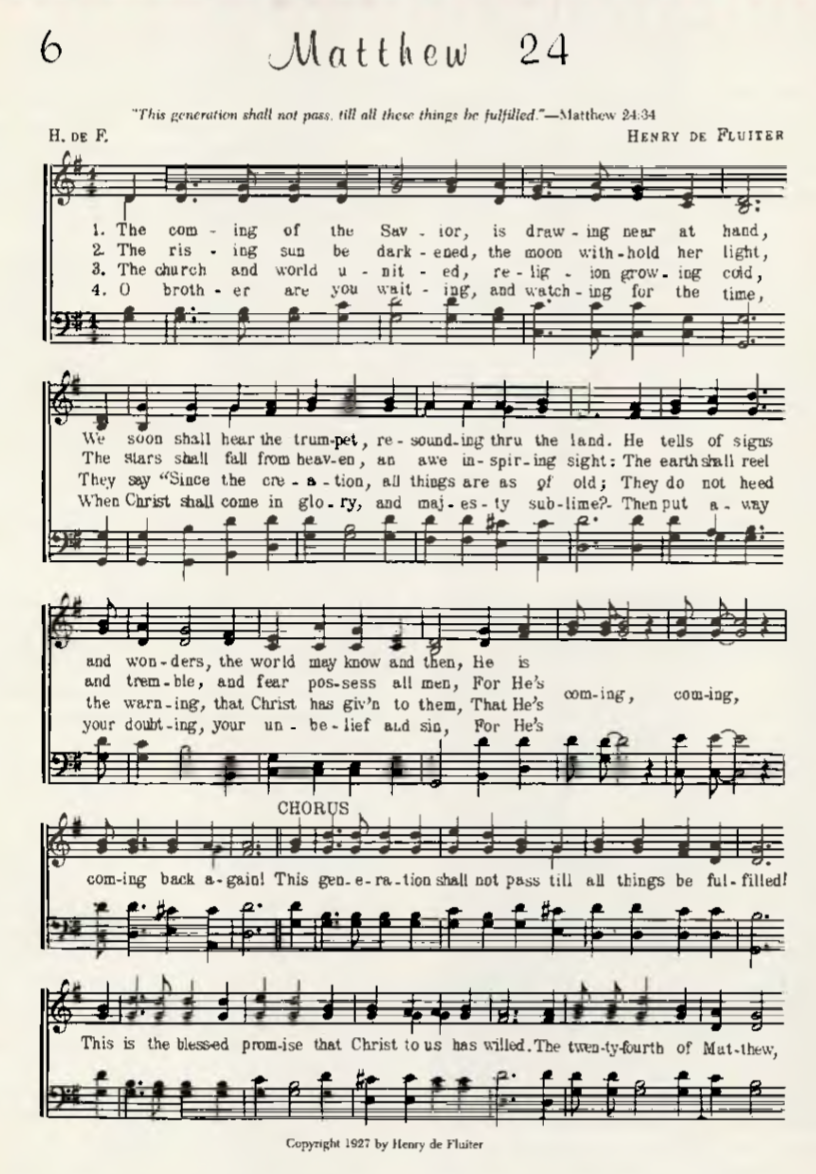
His work with Lindsey attracted the attention of preachers. Pretty soon, he was working left and right with camp meeting choirs and as the main musician for evangelistic crusades. One stint lasted for two years (1914 to 1916) in New York where de Fluiter had the opportunity to conduct a choir accompanied by an orchestra.
A major breakthrough
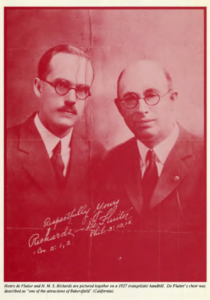
One major breakthrough for de Fluiter came when H.M.S. Richards invited him to full-time song leader for an evangelistic series in Little Rock, Arkansas. It was a partnership that led to a formidable team that gave Henry the opportunity to regularly lead song service for congregations that numbered up to of 3,000.
Finally, one of the evangelistic series that Richards and de Fluiter led in Long Beach gave birth to a radio ministry called Tabernacle of the Air, or as we know it now, the Voice of Prophecy. The meetings were broadcasted, and de Fluiter’s choir and orchestra were now heard daily on the air.
For more than a decade, Richards and de Fluiter worked together. The messages preached by Richards was a constant inspiration for Henry. Many of his songs were aired on the radio, one of the better known would probably be “Ride On, King Jesus” which the King’s Heralds Quartet sang frequently.
Second Advent — a consistent thread in de Fluiter’s compositions
Henry wrote between 200 and 225 gospel songs. More than half of them spoke about the Second Coming of Christ. When asked how he can find several different approaches using the same theme, he replied, “The idea is always uppermost in my mind, I think of nothing else. And so it happens – the mouth speaks out of the fullness of the heart, you see.”
Related Post: SDAH 431, “Over Yonder” another hymn by Henry de Fluiter
His protege, Wayne Hooper, would describe him as someone who had no interest in doctrinal or theological controversies. In confidence, he confided to Hooper, “I’m going to be alive when Jesus comes!”
Henry de Fluiter served as a pastor in California churches for 68 years. He and his wife, Elsie Huffaker, had married in 1899 and they had four children. He was living in Azusa, California, at the time of his death on March 5, 1970, at age 97.
Minchin-Comms writes, “Like most creative artists, de Fluiter’s favorite song was always the most recent one he’d written. Fittingly, his last one was ‘That Day Must be Near.’”
Like this article? Share it!

